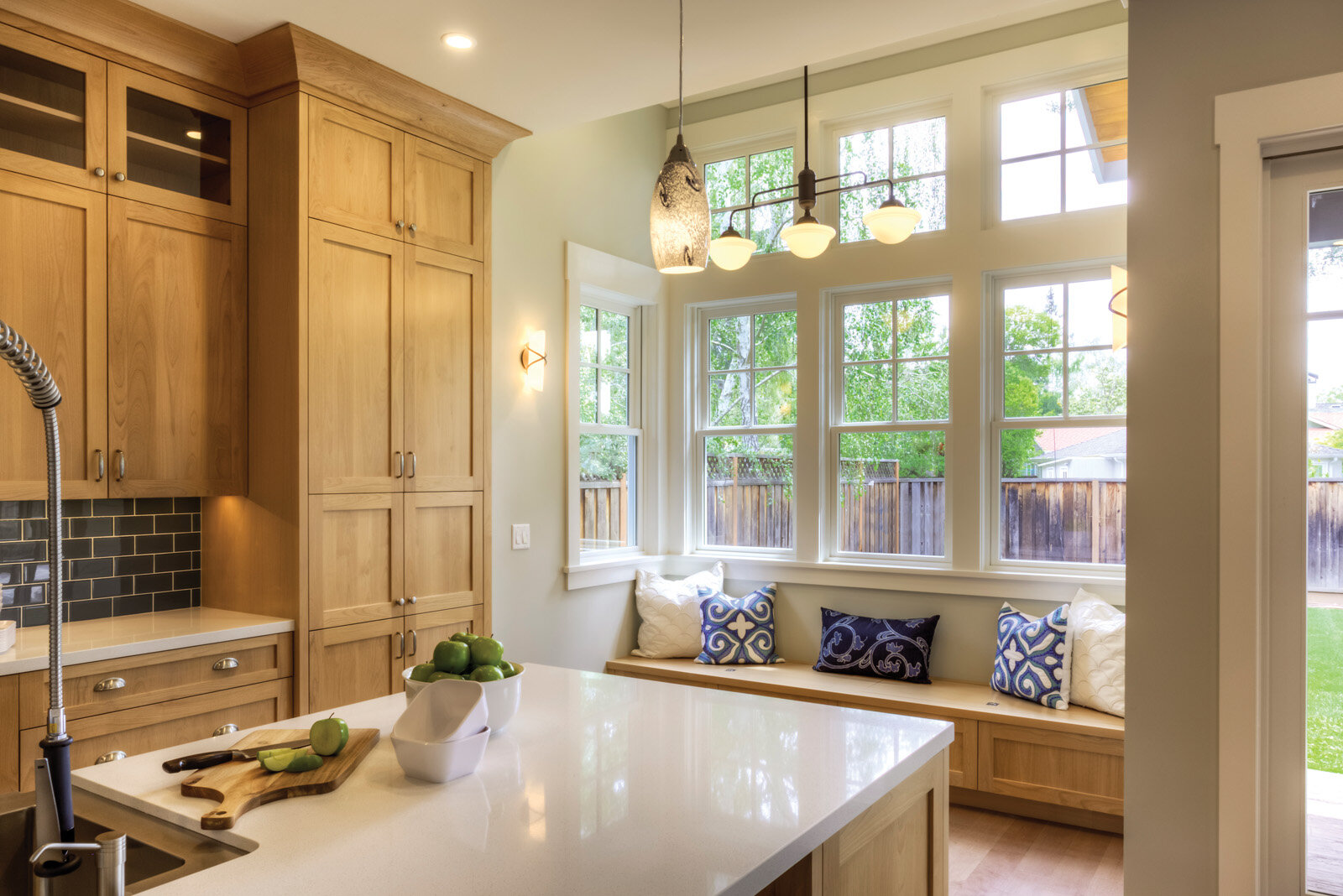LET’S GO Window Shopping: a guide to buying the perfect windows for your home
Whether you want to improve your home to sell or to enjoy for years to come, don’t overlook your windows!
Upgrading the windows in your home is a sound investment in more ways than one. Choose wisely and you will be amazed at how new windows transform your home’s interior spaces, enhance its curb appeal, and reduce heating and cooling bills. With so many window options these days, how do you know which is best? Here’s what you need to know before you buy.


Does My Home Need New Windows?
People often overlook their windows until it’s too late. Several things can go wrong with windows that are old, inferior, or both:
Deterioration — wood rot, cracked glass, mold, no longer open or shut properly.
Performance — drafts and leaks, cloudy glass, not up to Energy Star standards.
Style — color or appearance is outdated or worn.
Knowing what is wrong with your existing windows will help you select new windows that withstand the elements, perform at peak efficiency, and look great.
What Type of Window Should I Buy?
There are many different grades of windows, so you will need to pay attention to all the variables that go into window construction. The first to consider is the various window frame materials.
Window frame materials include:
Wood — This traditional material is aesthetically pleasing, fairly strong, a reasonably good insulator, and can be painted or stained to specifications. Wood is the more costly option and requires the most maintenance.
Aluminum — This material is durable, strong, impermeable, low maintenance, and lightweight. Its strength allows for thinner frames, which means more glass surface. It is not recommended for a northern climate because it is a very poor insulator.
Fiberglass — This material is strong, durable, low maintenance, moisture resistant, and an excellent insulator. It handles temperature fluctuations well, making it suitable for a northern climate. Its strength allows for thinner frames. Color and texture options vary from one manufacturer to another. For even more color options, fiberglass can be coated with an acrylic, which will not fade. This option is a little less expensive than wood but more expensive than vinyl.
Vinyl — This material is low maintenance, a fair-to-good insulator (depending on frame options), and moisture resistant. Color options are somewhat limited, but the color won’t peel, flake, or scratch (although, it may fade or discolor). Vinyl is not very strong, however, and prone to warp and crack when consistently exposed to temperature fluctuations. Consequently, frames are wider and more prone to seal failure, which allows moisture to get in between the glass panes. Vinyl is usually the most affordable option.
Composite (mix of materials) –— This option gives you the best qualities of wood and fiberglass without the limitations of either material.
Combination (wood clad with aluminum or vinyl) — This material allows you to have the qualities of wood on the interior frames and the qualities of aluminum or vinyl on the exterior frames.
Once you know the type of window frame material you want for your home (based on climate, color, and maintenance level), you can start to look for a window contractor.
How Do I Select a Window Contractor?
Window companies may offer one or several material options. Knowing what is wrong with your existing windows and what kind of frame material you want will narrow down the selection. A window company should also be able to guide you on size and color options, as well as help you determine whether you need new construction or replacement windows. Generally, if you’re building a new home, adding a window where there isn’t one, or replacing a window whose wood encasing is rotten, you’ll need new construction windows. If going this route, make sure the warranty includes installation, even if performed by a subcontractor.
Look at the Energy Star Label.
For northern climates, the U.S. Department of Energy recommends gas-filled windows with low-e glass coatings to reduce radiant energy loss and solar heat gain. Look for the terms “heat transfer coefficient” (U-factor), “solar heat gain coefficient” (SHGC), visible transmittance (VT), and air leakage on the Energy Star label, and review the following ratings from the National Fenestration Rating Council:
U-factor — This is the measurement for how well the window prevents heat from escaping from the house. The numbers range between 0.20 and 1.20, and the lower the number, the better.
SHGC — This is the measurement for how well the window deflects solar heat gain. The ratings range between 0 and 1, and the lower the number, the better.
VT — This is the measurement for how well the window permits natural light into the home. The ratings range between 0 and 1, and the higher the number, the better.
Air leakage — This is the measurement for how much air will enter a room through the window. Look for 0.3 or less; the lower the number, the better. The NFRC also has a condensation rating that is optional for manufacturers to include; the higher the number, the better. Most companies offer either doubleor triple-pane windows. Triple-pane windows offer the best insulation, impact resistance, and sound buffering. Naturally, triple-pane is more expensive than double-pane.
Word of Advice
Window shopping seems complicated at first but knowing what to look for takes much of the mystery out of the process. Make all the right choices and windows can greatly improve the value and enjoyment of your home.


